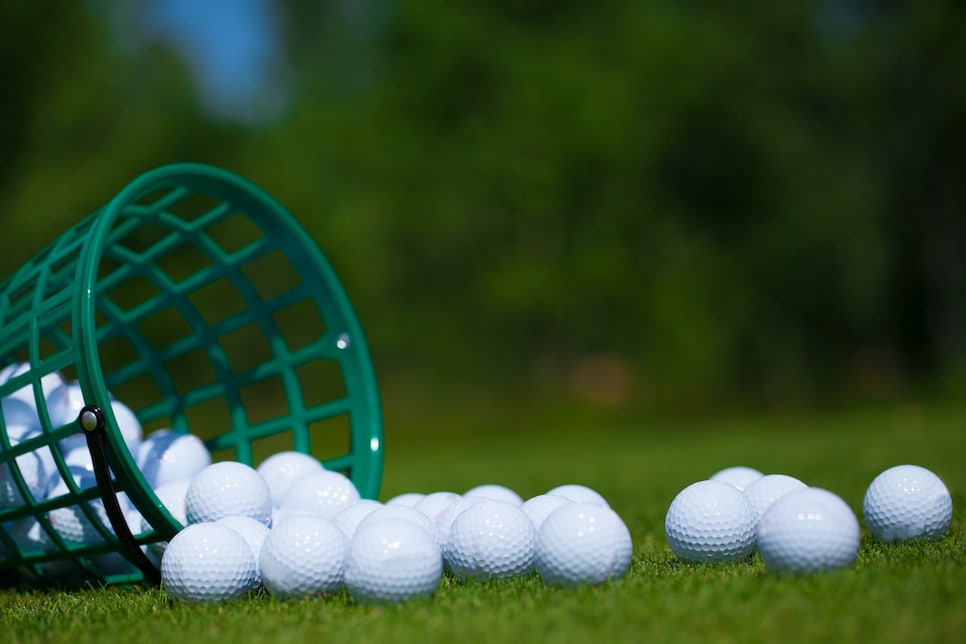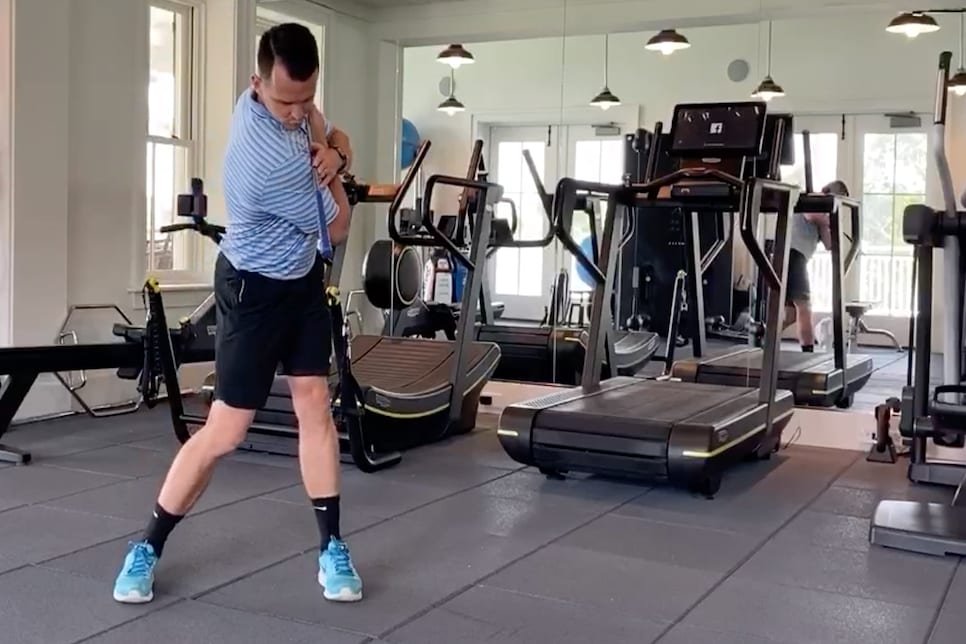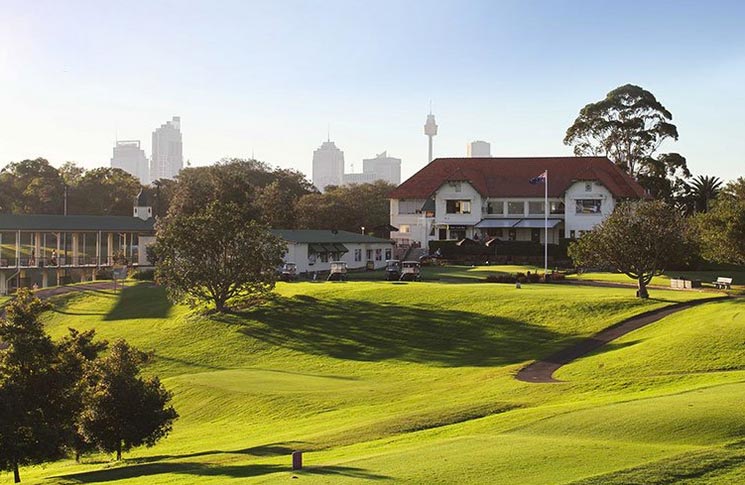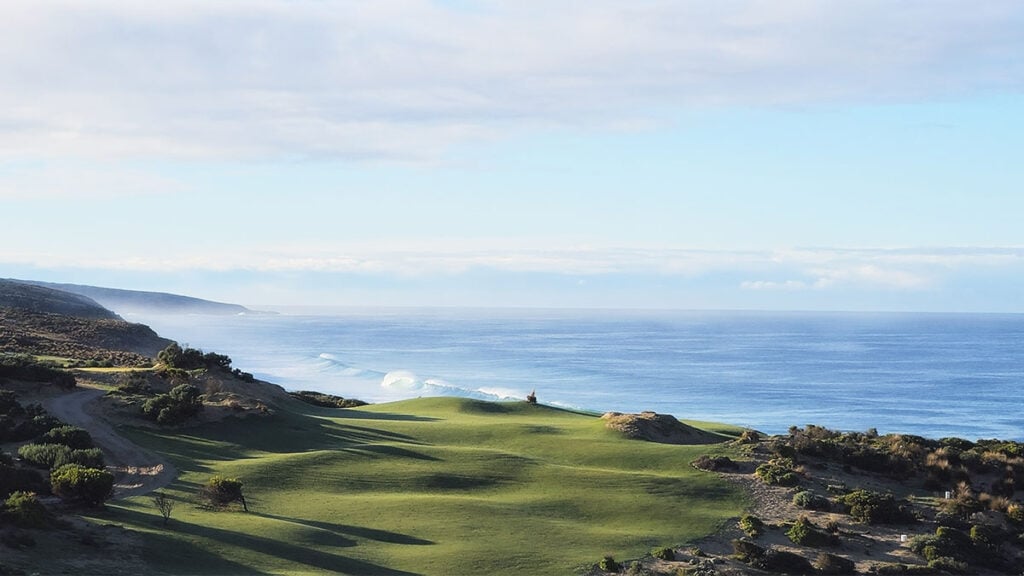Some of my best golf rounds have been preceded by incredibly bad warm-ups. I’ve peeled into carparks, scurried to the first tee with my shirt untucked and shoes untied, then pieced together a good score without understanding why.
I’m also familiar with the opposite: I’ve eaten right, cleaned my grips, arrived at the golf course an hour early to loosen up and dial in my distances, then hit my first tee shot two fairways over and staggered on from there.
RELATED: Try this two-minute warm-up next time you’re rushing to the first tee
It would be misleading to say the way we prepare for rounds has little bearing on how we play, but our definition of an effective warm-up might need to be re-thought. Recognising that most of us are often crunched for time and that we have to prioritise, I asked a group of experts what they think we should be emphasising before a round, and what they consider counter-productive.
Don’t: Try to fix your swing 
Photo: drevalyusha
In canvassing a wide range of teachers and coaches, the prevailing sentiment is a warm-up session should not be confused with practice. We’ve discussed before the difference between “getting ready” and “getting better” sessions, and by definition, a warm-up is all about the former.
“I think players hitting balls for an hour and trying to work on your swing before you play is a waste of time,” Golf Digest top 50 teacher Tony Ruggiero said. “I think it’s OK to hit some to see what ball is doing that day, but don’t try and fix.”
Do: Activate your muscles 
A more constructive use of time is to engage your essential golf muscles. According to Tom Hemmings, a Golf Digest top fitness trainer based at the Sea Island Golf Performance Center in Georgia, this is less about “stretching” and more about dynamic movements that elevate your heart rate and fire your muscles. Hemmings likes to emphasise four main areas that he demonstrates here – shoulder mobility, thoracic spine rotation, pelvic tilt and ankle mobility – and there are versions you can pursue on the range, the first tee or even the gym. ”The last bit of that warm-up has to be kind of neurologically stimulating,” says Hemmings, who works with a number of tour players. “I always look at someone’s pupils. Are they, are they dilated by the time they finish? Because if they are, their focus is up.”
RELATED: This 10-ball ‘Jaegerbombs’ warm-up can upgrade your speed – and your golf swing
Don’t: Waste time on mid-length putts
If you’re going to spend time on the practice green, you might think a decent way to get acclimatised is by trying to hole a series of six to eight-footers. But as tour putting coach Ralph Bauer notes, this is a 50-percent putt for even the best players in the world, and as such, not a helpful gauge before you play.
Do: Dial in your speed and stroke
If you can’t expect to make all your eight-footers, Bauer says, you can work towards two-putting effectively from longer distances. “Most people would be better off taking three balls hitting putts to no target focusing on tempo, solid contact and just watching the ball roll out,” Bauer says. “From there they could do some short putts around a circle.”
 Don’t: Focus on playing well
Don’t: Focus on playing well
The performance coach Jason Goldsmith helped explain why those days when I show up early and prime myself to perform end up backfiring. As Goldsmith says, the rounds when we channel all our pre-round energy into a specific score or outcome are also when we most risk getting in our way. “The desire to play well is often the ego getting involved in a game that doesn’t belong,” Goldsmith says. “The biggest problem is people are just unaware of that.”
RELATED: Amp up your warm-up with this ball-striking tip
Do: Focus on playing
By contrast, Goldsmith wants golfers rooted in the present. It’s why those harried days rushing to the tee can actually work out. With less time to fixate on what we want to happen, we are more likely to tap into the instincts we need to execute. That doesn’t mean we should rush to the tee, but if you’re going to show up early, make sure it’s with the right objective in mind.
“If you catch yourself and you just go, ‘Why, why am I so worried? Why don’t I just go out and play golf?’” Goldsmith said. “Just have a clear intention and be focused on playing. Think about when we were kids and we played sports. That’s the flow state.”




